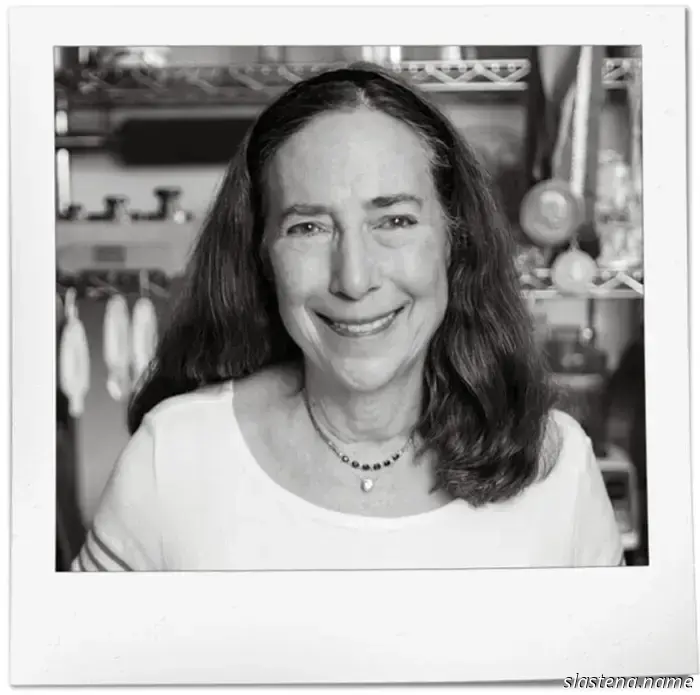
Ingredients are Crucial - Bake from Scratch
Photo by Matthew Septimus
Many years ago, I was quite offended when my late husband, Elliott, who was a doctor (and thus a scientist), referred to me as an alchemist. I perceived it as a slight because I associated alchemy with turning hay into gold. While this wasn’t a negative thing, it was not my aim; I was focused on developing foolproof gold standard recipes. Eventually, I decided to ask Elliott what he actually meant by calling me an alchemist, and it turned out to be a deep compliment. He explained that scientists often have many theories, many of which are later disproven, but as an alchemist, I continuously test and refine until the recipe is perfected. The tricky moment came, however, when he added that a true professional doesn't need to experiment as much as I did, and I wouldn’t have to if I fully understood each ingredient! I promptly ordered the USDA book The Composition of Foods. This reduced my testing somewhat, but I still conducted numerous tests until I was content with the final recipe.
My further investigation into ingredients, especially butter and flour, led to my recognition online for the reverse-creaming method. However, I didn’t create the method itself; I developed it using butter, which offers a far superior flavor compared to shortening. Conventional wisdom suggested that this method, which appeared in numerous 1950s baking books using shortening, could not be replicated with butter. (To be completely honest, even as a small child, whenever I was told not to do something, I was curious about the reason and often tested it myself! So many things piqued my curiosity that my grandmother said I had a face like a question mark.) With butter, I found that when its temperature is between 65°F (18°C) and 75°F (24°C), it works beautifully for the reverse-creaming method, which begins by mixing all dry ingredients with the butter and about a quarter of the liquid in the recipe. This coats the flour sufficiently to prevent it from becoming overly strong, which could lead to a tough texture in the baked cake.
Flour is the most crucial ingredient in cake baking. The distinction between bleached and unbleached flour is significant. Unbleached flour granules are smooth, like ball bearings, meaning they can’t effectively emulsify the other ingredients when mixed. Bleaching roughens up these flour granules, allowing them to cling to and distribute the other ingredients throughout the batter, resulting in cake with a finer and more tender texture. I’ve discovered that whether using the reverse-creaming method or the traditional creaming method, unbleached flour tends to yield a less tender, coarser, and darker cake crumb due to its slightly higher protein content, and it can even cause the cake’s center to sink toward the end of baking. (If you only have unbleached flour, it’s best to use a tube pan as it lacks a center to collapse!)
Another essential factor regarding flour is that measuring it by weight ensures consistent results. Measuring by volume with measuring cups can lead to significant variations in the amount of flour, depending on how it’s measured (for instance, whether it’s lightly spooned into the cup or scooped and then leveled). Using too much flour can produce a denser, drier baked cake.
Texture greatly influences flavor. Gaining a deeper understanding of flour will allow for better control over texture and flavor in your cakes. For more insights on flours, check out my blog post “The Power of Flour” at realbakingwithrose.com.
Other articles
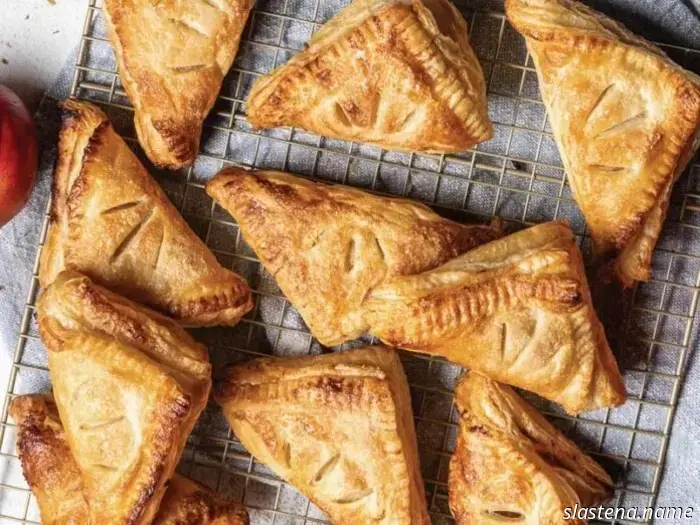 Nectarine Turnovers - Bake from Scratch
The innate sweetness of nectarines is present in these pastries, complemented by a hint of vanilla and a sprinkle of sugar to elevate their taste.
Nectarine Turnovers - Bake from Scratch
The innate sweetness of nectarines is present in these pastries, complemented by a hint of vanilla and a sprinkle of sugar to elevate their taste.
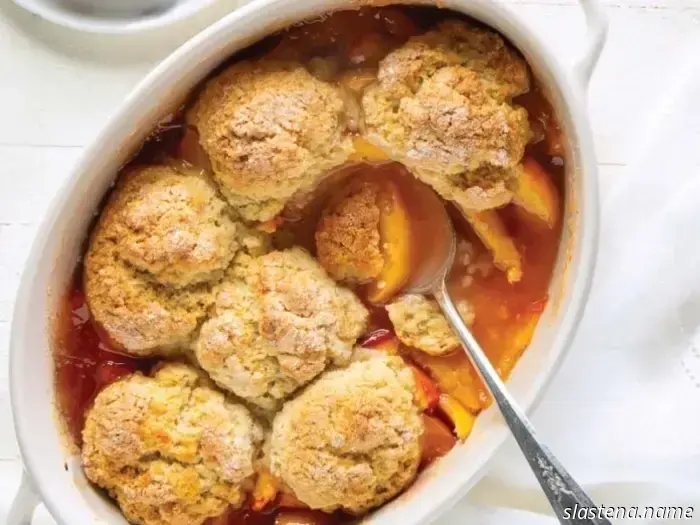 Nectarine Cobbler - Bake from Scratch
The soft, biscuit-like topping absorbs all the fruity syrup in this quick and simple Nectarine Cobbler.
A Victory Wimbledon Brunch - Bake from Scratch
Whether you're watching the tennis or simply enjoying the scones and strawberries, the Wimbledon season offers a great opportunity to host a brunch.
Nectarine Cobbler - Bake from Scratch
The soft, biscuit-like topping absorbs all the fruity syrup in this quick and simple Nectarine Cobbler.
A Victory Wimbledon Brunch - Bake from Scratch
Whether you're watching the tennis or simply enjoying the scones and strawberries, the Wimbledon season offers a great opportunity to host a brunch.
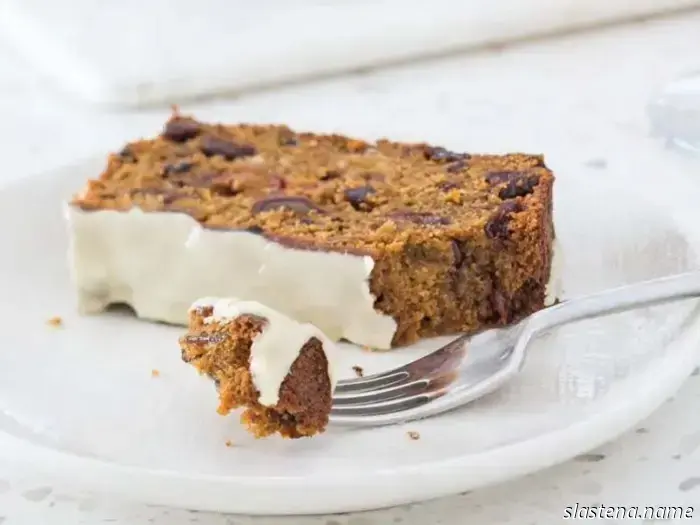 Caribbean Black Loaves - Bake from Scratch
Caution: This cake is strong. Resembling the molasses-heavy British pudding, black cake is a heavy loaf cake packed with rum-soaked dried fruit. Typically enjoyed during holidays or weddings in the Caribbean, this cake derives its rich flavor from dark molasses and dark rum, with its pronounced alcoholic hints coming from a substantial addition of
Caribbean Black Loaves - Bake from Scratch
Caution: This cake is strong. Resembling the molasses-heavy British pudding, black cake is a heavy loaf cake packed with rum-soaked dried fruit. Typically enjoyed during holidays or weddings in the Caribbean, this cake derives its rich flavor from dark molasses and dark rum, with its pronounced alcoholic hints coming from a substantial addition of
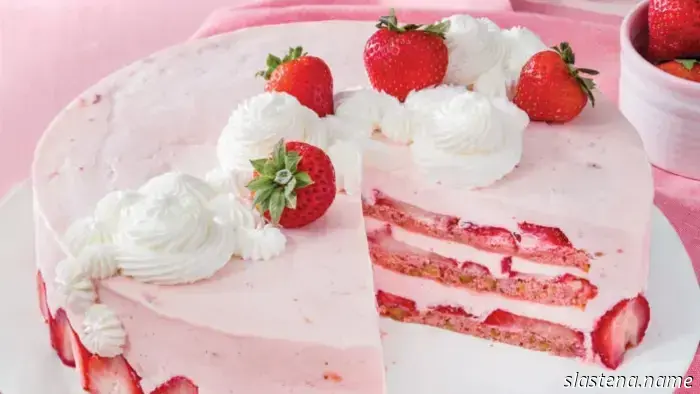 Icebox Pies and Cakes for Summer - Bake from Scratch
As temperatures rise, few things are as satisfying as a cool, creamy dessert. These icebox pies and cakes are the perfect solution for beating the heat.
Icebox Pies and Cakes for Summer - Bake from Scratch
As temperatures rise, few things are as satisfying as a cool, creamy dessert. These icebox pies and cakes are the perfect solution for beating the heat.
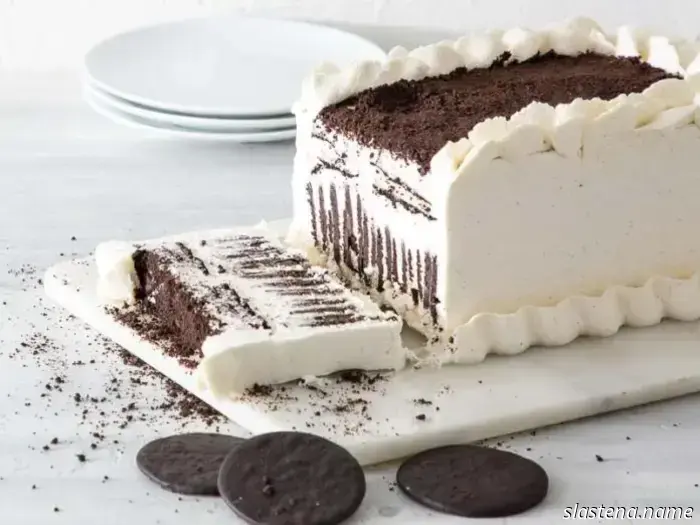 Chocolate Wafer Icebox Cake - Recipe from Scratch
Vanilla-scented whipped cream is combined with homemade Chocolate Wafers to form this Chocolate Wafer Icebox Cake.
Chocolate Wafer Icebox Cake - Recipe from Scratch
Vanilla-scented whipped cream is combined with homemade Chocolate Wafers to form this Chocolate Wafer Icebox Cake.
Ingredients are Crucial - Bake from Scratch
I was deeply hurt many years ago when my late husband, Elliott, a doctor and thus a scientist, referred to me as an alchemist. I perceived it as a slight because, for me, an alchemist was someone who turned hay into gold. While that wasn’t necessarily negative, it wasn’t my objective; my aim was to develop something infallible.
